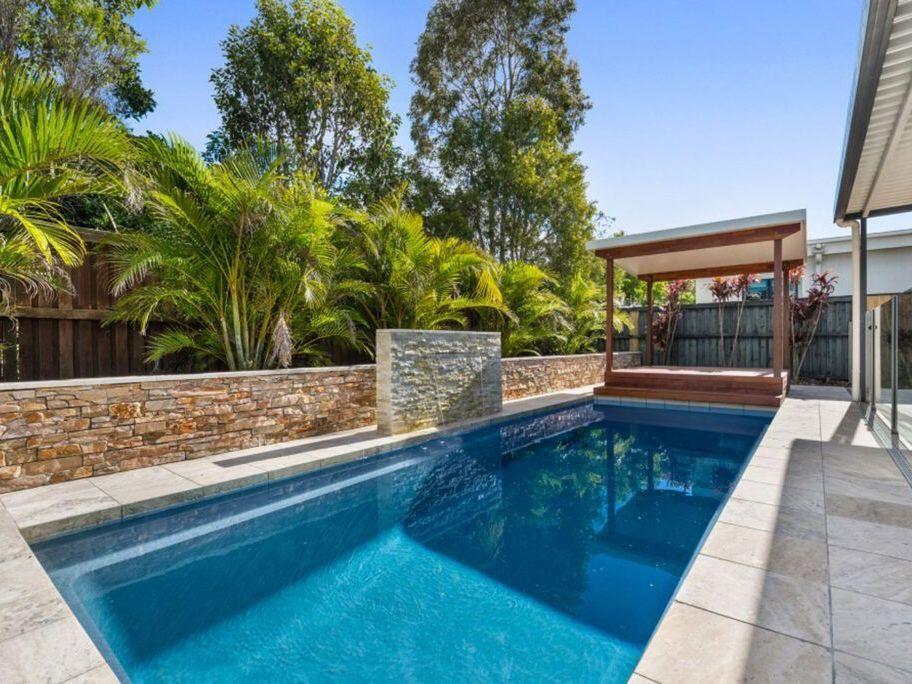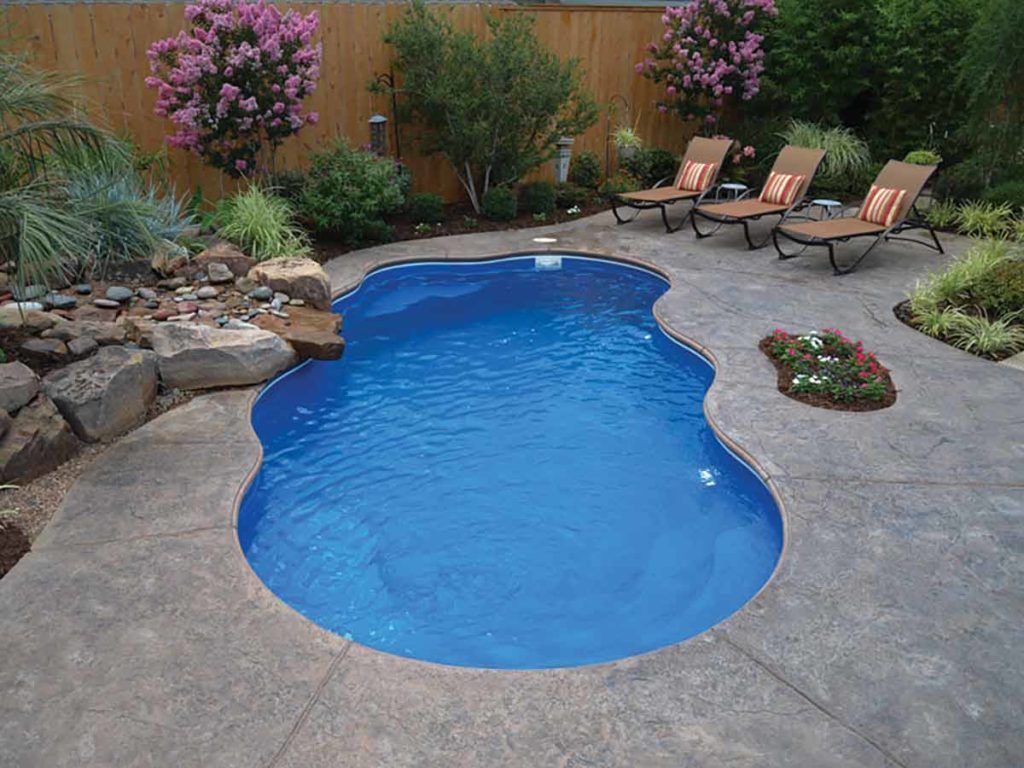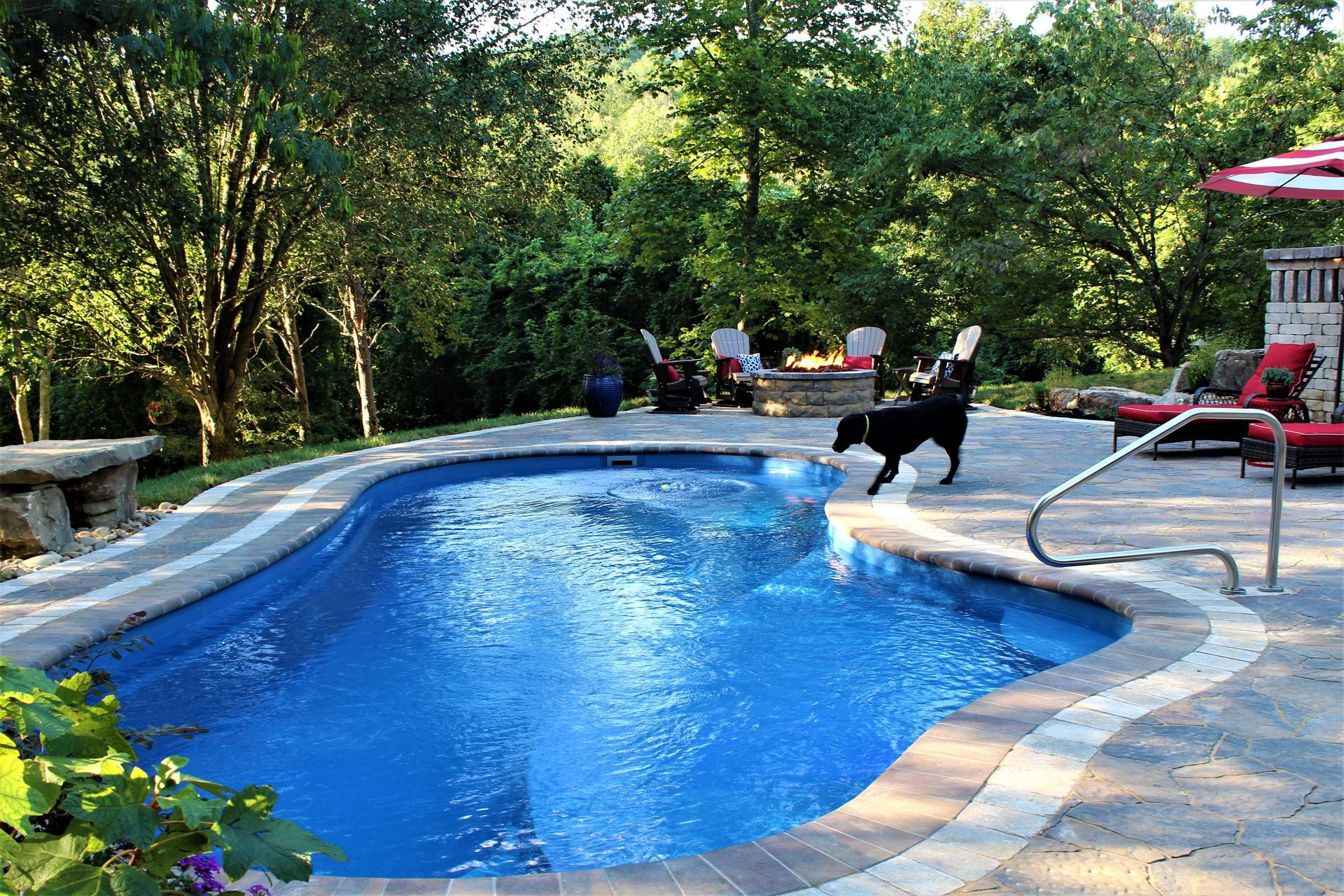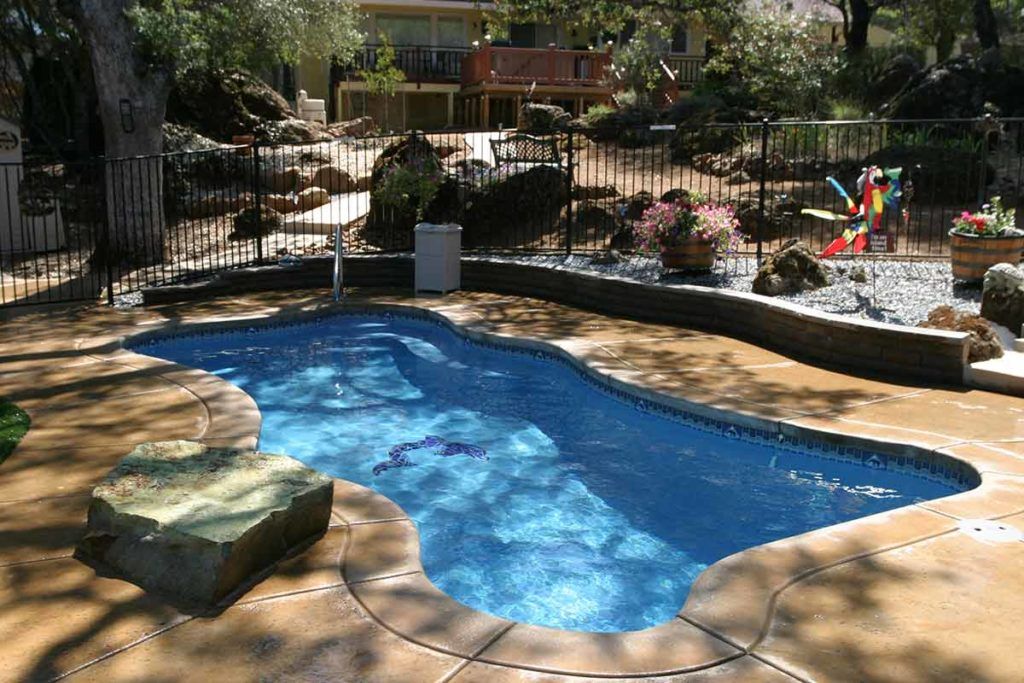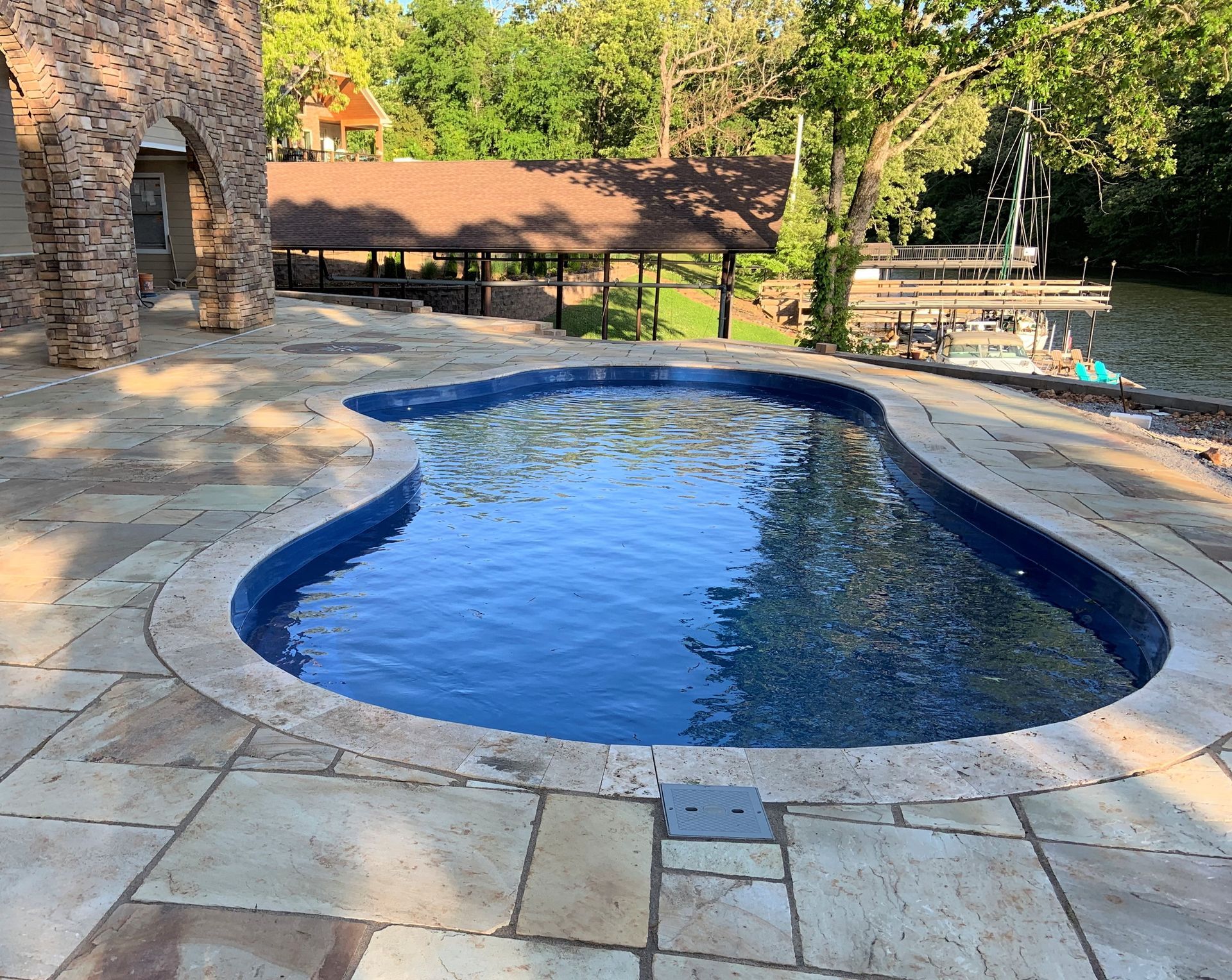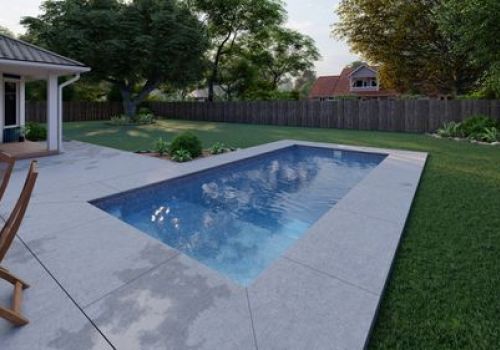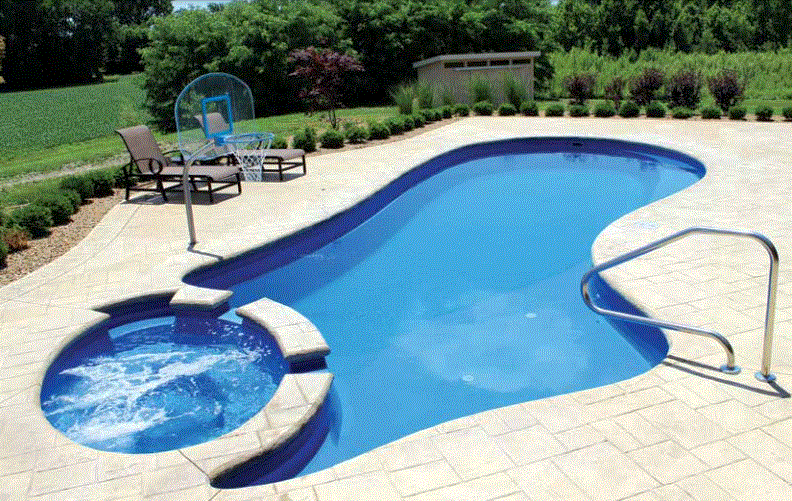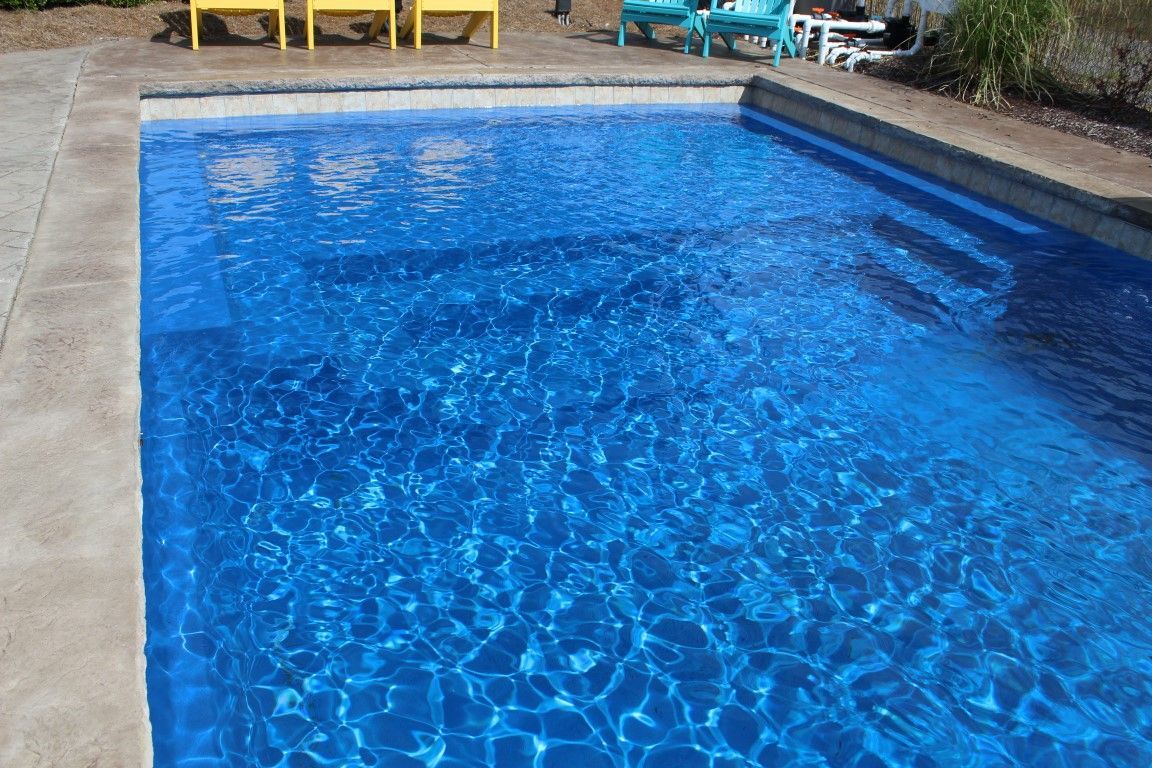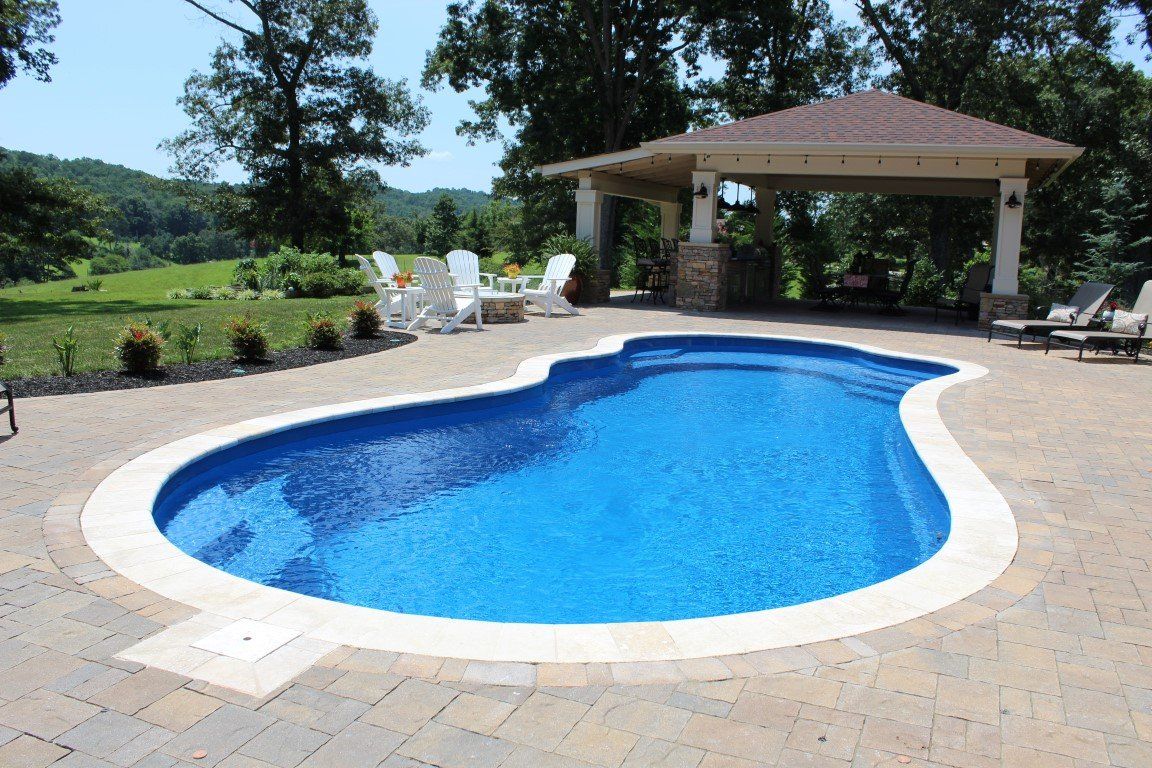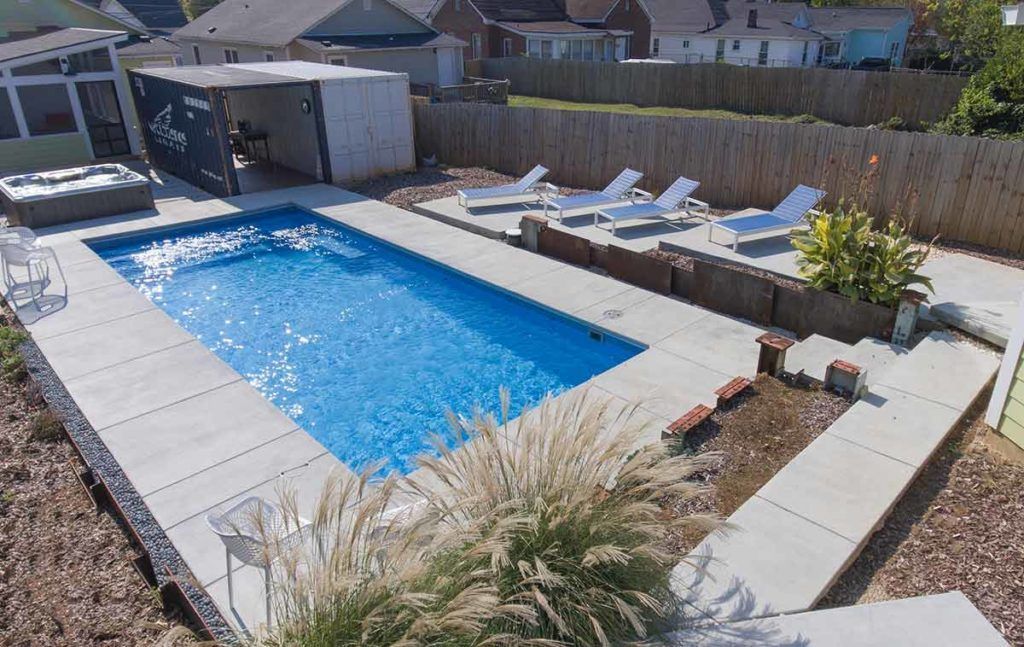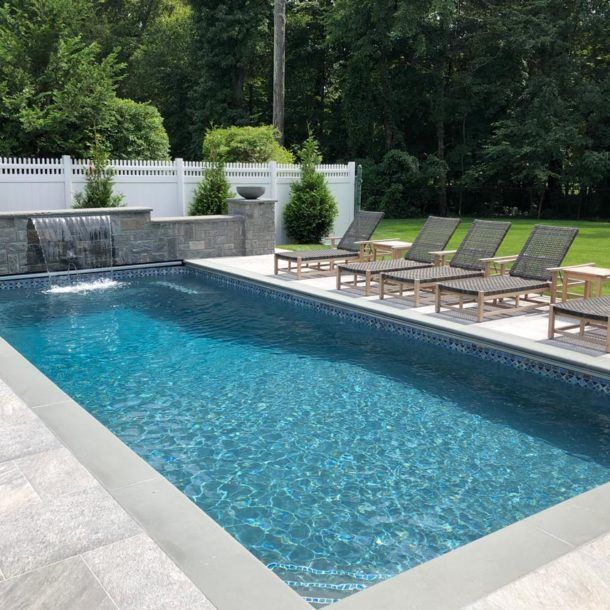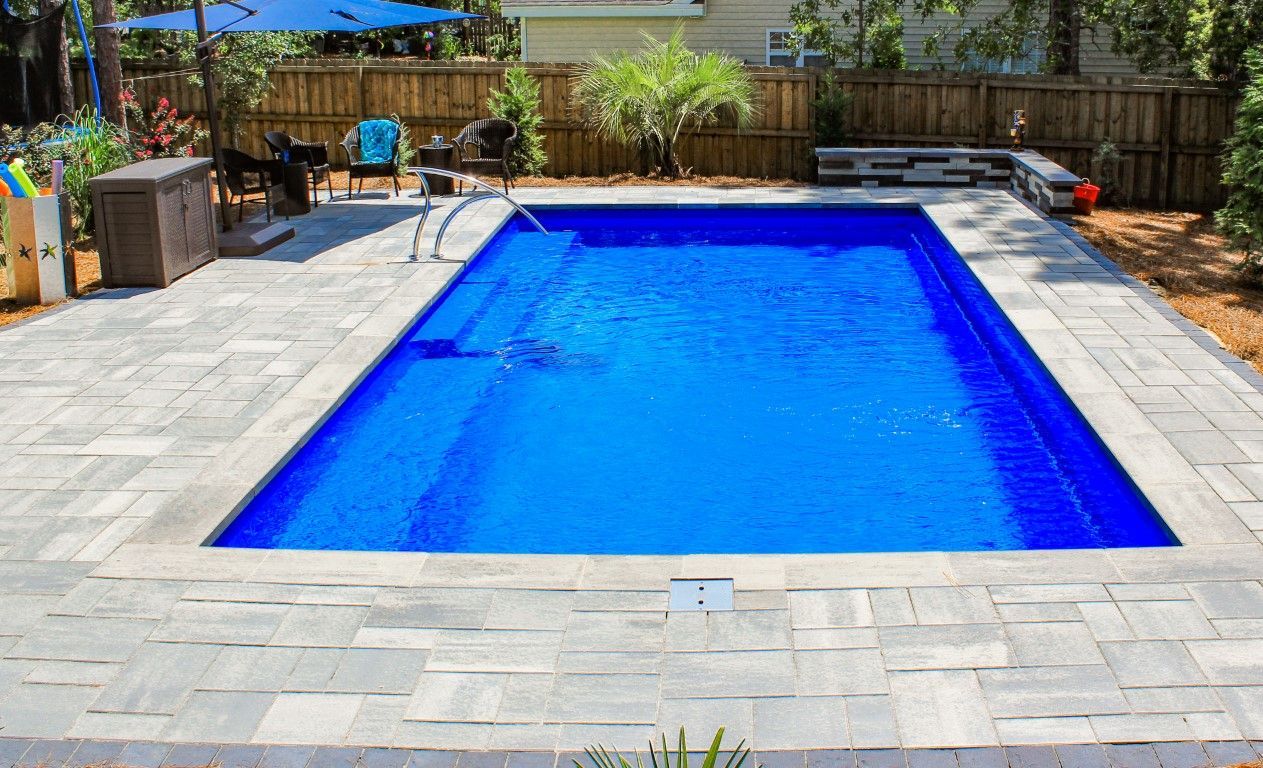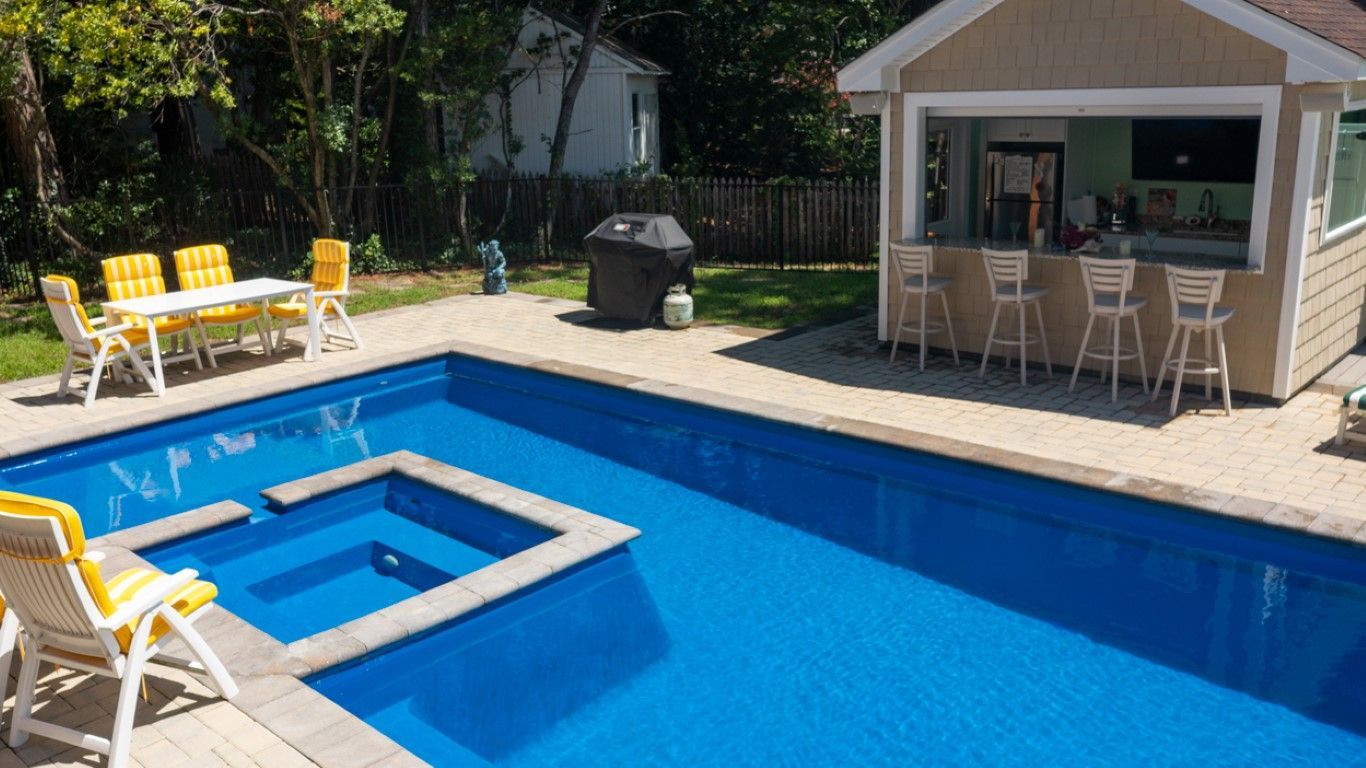Why more and more people are choosing fiberglass for their swimming pool
Fiberglass pools are easier and less costly to maintain than other inground pools constructed of concrete or vinyl liners. The unique properties of fiberglass make this possible. Fiberglass is non-porous and does not interact with water chemistry. Concrete or plaster pools react with water causing a greater need for more chemicals. Also, fiberglass pools, unlike concrete pools, do not need to be resurfaced. Although vinyl liners are also non-porous, they are thin, they tear easily and develop other problems which require eventual replacement. Also, fiberglass provides a smooth, seamless finish which makes cleaning a quicker, easier task. Fiberglass is also seen as an insulator which allows it to retain heat. The ability to retain heat greatly reduces heating costs by preventing heat from escaping into the surrounding ground.
Fiberglass pool manufacturers are offering a wide variety of options including many different shapes, colors, built-ins, sprays, fountains and other water features. Fiberglass has made the move away from traditional white to a large variety of colors and textures. The colors are mixed right into the resin thus creating a rich and vibrant color that you cannot achieve with traditional concrete / gunite pools. Fiberglass pools have come a long way in terms of design. Many manufacturers have expanded their models from the traditional roman, square and kidney to include their own custom free-form designs
And while fiberglass pools have a few disadvantages, the advantages heavily out-weight those limitations. Fiberglass pools may cost more to initially build, but in the long run save money because of the cost of the maintenance is so much lower. Fiberglass pools are also limited to widths that can be transported down the road. But the family looking for a place to relax, spend time with friends and family and not spend a lot of time maintaining their pool, then the choice is easy. Fiberglass is the way to go!
WOULD YOU LIKE A QUICK QUOTE - CLICK HERE!
BELOW IS A SAMPLING OF THE BRANDS WE PROUDLY INSTALL:
Aquatechnics // Latham // Imagine // Rainforest //




